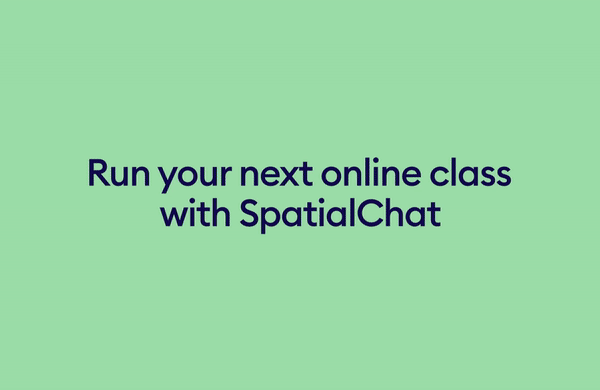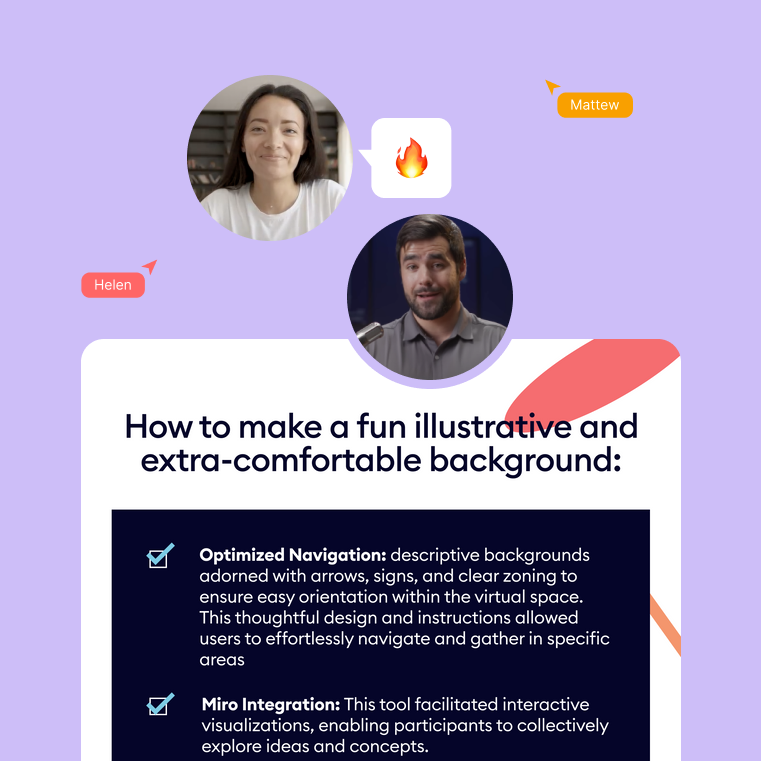6 types of online learning used by top universities worldwide
In this article, we will dive deeper into various types of online learning from top universities and how teachers use the strengths of online and face-to-face teaching.

Top universities worldwide, including Harvard, Yale, the University of Iowa, and California State University, provide modern educational opportunities. With advanced research facilities and expert faculty and staff, students have ample resources to succeed beyond the classroom.
Thoughtful planning is key to make the most of the unique opportunities offered by different types of education. In this article, we will dive deeper into various types of online learning from top universities and how teachers use the strengths of online and face-to-face teaching.

Hybrid/ Blended Learning
Hybrid/blended or online courses offer a chance to create new material and apply innovative teaching strategies. This approach engages students in learning through active techniques, rather than just lectures. It also provides flexibility for both students and instructors.

By allowing students to learn at their own pace, hybrid learning reserves in-class time for advanced topics and accommodates different academic backgrounds. Interactive online modules help students learn before class and allow instructors to tailor in-class sessions to their students' needs.
One thing we’ve had to do with digital learning is rethink about how we support students, how we create lessons that can address a lot of different modalities.
Dr. Stepan Mekhitarian, Director of Innovation, Instruction, Assessment and Accountability at Glendale Unified School District
However, developing materials and quiz questions before the semester, and adapting class plans throughout it, require significant time. Best practices include designing for interaction, experimenting with new tools, and continuous course review.
Hyflex Learning
HyFlex combines traditional classroom experience with the flexibility of online learning. This model is ideal for students who prefer to learn at their own pace or cannot attend in-person classes.
To engage both in-person and remote students, a co-instructor can help monitor chat and answer questions in real time, creating a more interactive learning environment.
Collaborative Learning
Collaborative learning is an approach that enhances learning through group work. Learners work together in groups of two or more to solve problems, complete tasks, or learn new concepts.
This approach actively engages learners to process and synthesize information and concepts, rather than using rote memorization. Learners work collaboratively on projects to understand the presented concepts.

Collaborative learning is used quite often by professors in Cornell University and it helps develop self-management and leadership skills, critical thinking, and active listening. It also increases knowledge acquisition, promotes cooperation, and allows for giving and receiving criticism and advice. Examples include solving problems together, explaining concepts to others, and developing new products.
Project Based Learning
Project-based learning is a dynamic classroom approach that emphasizes interdisciplinary and student-led learning. Students investigate and respond to a complex question or problem through an extended period of work, leading to a deeper level of understanding.
As pointed out by Worcester Polytechnic Institute, project-based learning embraces diversity and addresses team-based challenges very effectively.
This approach also prepares students for the demands of the real world by giving them greater autonomy in organizing their work and managing their time. By developing critical thinking and problem-solving skills, project-based learning offers a more immersive and effective approach to education.
Social Emotional Learning (SEL)
Social-emotional learning (SEL) is a popular worldwide method in schools that helps students develop lifelong skills. SEL includes emotional comprehension, self-management, social awareness, relationship skills, and responsible decision-making.

Implementing this leaning approach in schools can improve students' mental health and well-being, reduce bullying and negative behaviours, and teach career readiness skills.
Despite this, supporters of SEL argue that it is an important tool for helping students succeed.
Maker Learning
Maker-centered learning is a design-based approach that enhances learning in both formal and informal settings.
In maker-centered learning environments, students create projects that incorporate hands-on application with content learning. Accessibility is a crucial aspect of maker learning and should be a consideration for teachers who use this approach. Affordable technology and online sharing have fueled the latest evolution of this facet of human development.
How to apply leaning methods in SpatialChat
SpatialChat is an innovative video-conferencing platform that enables learners to interact in real-time, exchange feedback, and learn in a rich and immersive environment.

With its customizable features, such as Breakout and Stage rooms, shared content, embedded elements, and gamification, you can create engaging personalized experiences that cater to different learning styles.
The platform is an ideal tool for hybrid, online, and remote learning. Enhance student motivation and participation by fostering peer-to-peer learning, splitting students into groups, and providing opportunities for exploration and discovery.
Listed learning methods and technologies can be used separately or combined to create a unique learning experience tailored to each individual student's needs.
Some popular methods include virtual classrooms, where students can interact with professors and classmates in real-time, and asynchronous learning, where students can complete coursework at their own pace.
With these tools and techniques, school teachers from universities and online provide their students with a comprehensive and engaging education, regardless of their location or schedule.
Helpful materials
Here are some helpful links and great resources to dive deeper into the world of SpatialChat.
Let's explore it😊

Basics of SpatialChat
Let's kick things off with some simple guidelines to help you begin your journey of interacting.

Use cases Guides
Discover creative ways to enhance your virtual interactions and collaborations..
